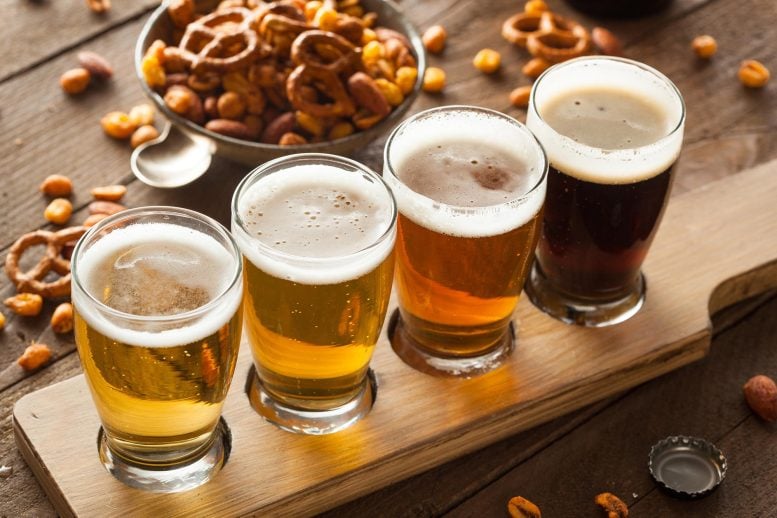
A recent study reveals that lager beer likely originated in Munich in 1602, at the court brewery of Maximilian the Great, Elector of Bavaria. While ale was the predominant beer until the early 20th century, lager, made with a new yeast species known as Saccharomyces pastorianus, now accounts for around 90% of beer consumed annually.
Researchers suggest that lager beer, which now makes up around 90% of beer consumption, originated from a hybrid yeast species in Munich in 1602. This yeast, Saccharomyces pastorianus, was created when Saccharomyces cerevisiae from a Schwarzach wheat brewery contaminated a batch of beer brewed with Saccharomyces eubayanus, leading to its spread across Europe and the world.
A new paper in FEMS Yeast Research, published by Oxford University Press, reveals the possible origin story of lager beers. Using historical records and contemporary phylogenomics research, investigators here show where lagers likely first originated: at the court brewery (Hofbräuhaus) of Maximilian the Great, elector of Bavaria, in Munich in 1602.
Beer has been made since ancient times. Recent archaeology shows evidence of brewing in the eastern Mediterranean some 13,000 years ago. Although from the origins of brewing until the early 20th century, ale was the typical beer produced, lager now accounts for approximately 90% of the beer consumed annually.
The beginnings of this shift from ale to yeast occurred when a new yeast species, Saccharomyces pastorianus or “lager yeast,” appeared in Germany around the end of the middle ages. This is a hybrid species that arose from mating the top-fermenting ale yeast Saccharomyces cerevisiae and the cold-tolerant Saccharomyces eubayanus around the start of the 17th century. But until now no one has figured out how the combination lager yeast S. pastorianus came about.
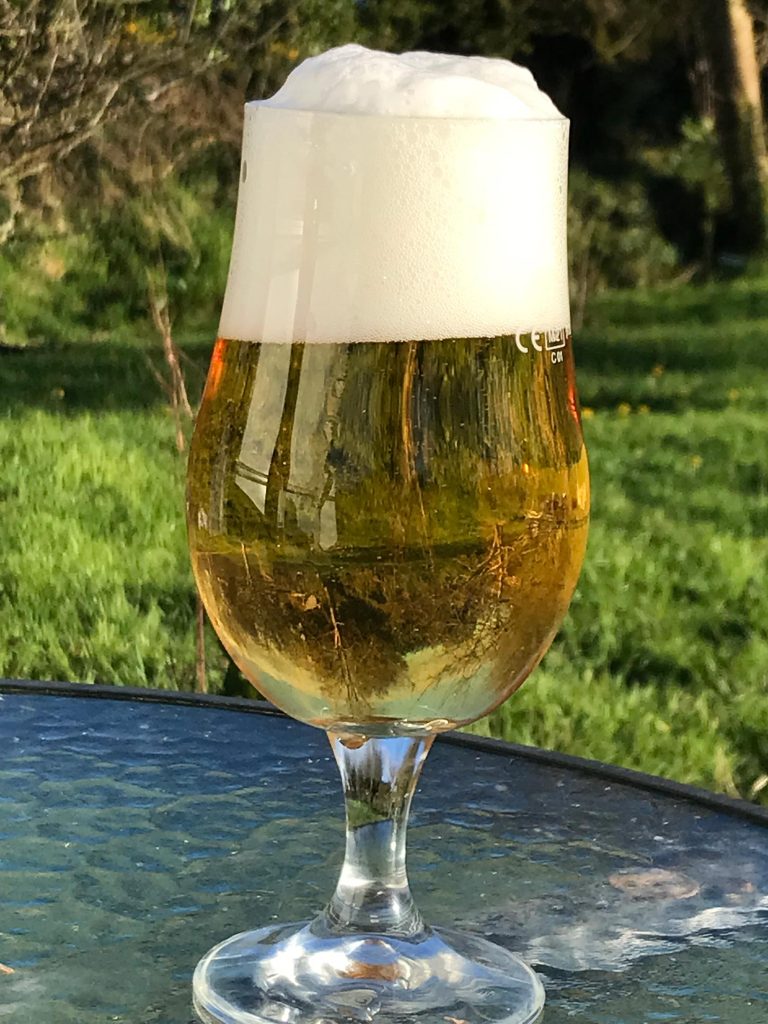
Pilsner-style lager. Credit: John Morrissey/ FEMS Yeast Research
The general assumption was that the hybrid arose when a traditional S. cerevisiae ale fermentation became contaminated with wild yeasts including S. eubayanus. But the researchers here believe this is doubtful. Using a detailed analysis of Central European historical brewing records, they discovered that “lager-style” bottom fermentation was happening in Bavaria from at least two hundred years earlier.
They propose an alternative hypothesis that it was S. cerevisiae that contaminated a batch of beer brewed with S. eubayanus, rather than the other way around. And in an intriguing piece of detective work, they identified what they believe to be the source of the contaminating S. cerevisiae – a wheat brewery in the small Bavarian town of Schwarzach.
Beer was always a valuable commodity and its production was regulated carefully. In Bavaria a brewing ordnance from 1516 (the famous “reinheitsgebot”) permitted only bottom fermentation and brewing of “lager-style” beer. But in neighboring Bohemia, excellent wheat beer made with S. cerevisiae was produced and vast quantities were imported into Bavaria. To limit the economic damage from these imports, in 1548 the Bavarian ruler, Wilhelm IV gave Baron Hans VI von Degenberg a special privilege to brew and sell wheat beer in the border regions to Bohemia.
When the grandson of Hans von Degenberg failed to produce an heir, the family finally died out and, in 1602, the new Bavarian ruler, Maximilian the Great, seized the special wheat beer privilege himself and took over the over the von Degenbergs’ Schwarzach breweries. In October of that year, the yeast from the wheat brewery was brought to the Duke’s court brewery in Munich, where the researchers propose the famous hybridization took place and S. pastorianus was born. After that, the researchers here show, S. pastorianus strains from Bavaria spread all over Europe and are the source of all modern lager yeast strains.
The results of the researchers’ investigation of the historical record, together with published phylogenomic (evolution and genomics) data, suggest that the dominance of S. pastorianus lager yeast developed in three stages. First, the yeast strain S. cerevisiae came to Munich from Bohemia, where brewers had made wheat beer since at least the 14th century. Second, the S. cerevisiae that was introduced into the Munich brewery in 1602 mated with S, eubayanus, which was already involved in making Munich-style beer, to give rise to S. pastorianus. And finally, the new S. pastorianus yeast was distributed around Munich breweries first, and then throughout Europe and the world. The researchers here note that the co-occurrence of S. pastorianus with the technologically advanced brewing methods in Munich, and the willingness of Munich brewers to share knowledge (and actual yeast) may have contributed to the strain’s dominance.
“There is a certain irony that the inability of Hans VIII von Degenberg to produce a son triggered the events that led to the creation of creation of lager yeast, said Mathias Hutzler, one of the paper’s lead authors. “As one lineage died out, another began. No heir – but what a legacy he left for the world!”
Reference: “A new hypothesis for the origin of the lager yeast Saccharomyces pastorianus” by Mathias Hutzler, John P Morrissey, Andreas Laus, Franz Meussdoerffer and Martin Zarnkow, 27 April 2023, FEMS Yeast Research.
DOI: 10.1093/femsyr/foad023




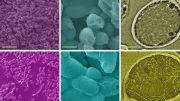
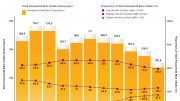
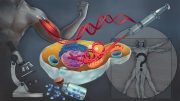


Please give your articles a quick proofread before posting them.